1. Potatoes in Ireland
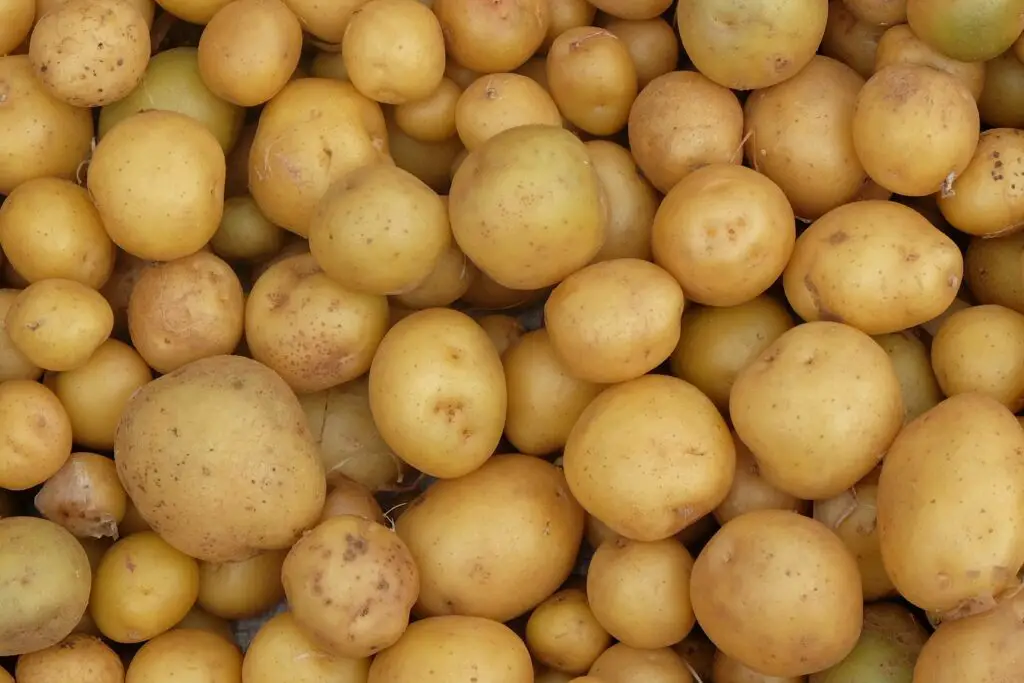
During the Great Irish Famine in the mid-1800s, the British government enacted policies that banned the export of potatoes from Ireland, further worsening the devastating potato blight. Potatoes, once a staple food for Irish families, were essentially restricted to maintain supplies for the English market. The political decision was not made with the welfare of the Irish people in mind, and it left millions starving or emigrating. The ban reinforced feelings of resentment toward British rule, as it led to greater hardship and increased the already high death toll from famine shares Wikipedia.
The Irish were dependent on the potato as a primary food source, and its exportation ban during the famine years dramatically deepened their suffering. Even though the potatoes were failing to grow due to disease, many still found themselves struggling to obtain enough to eat because of these political restrictions. Over time, the event became symbolic of Britain’s oppressive policies and the Irish desire for independence adds Reddit.
2. Cannabis in the U.S.
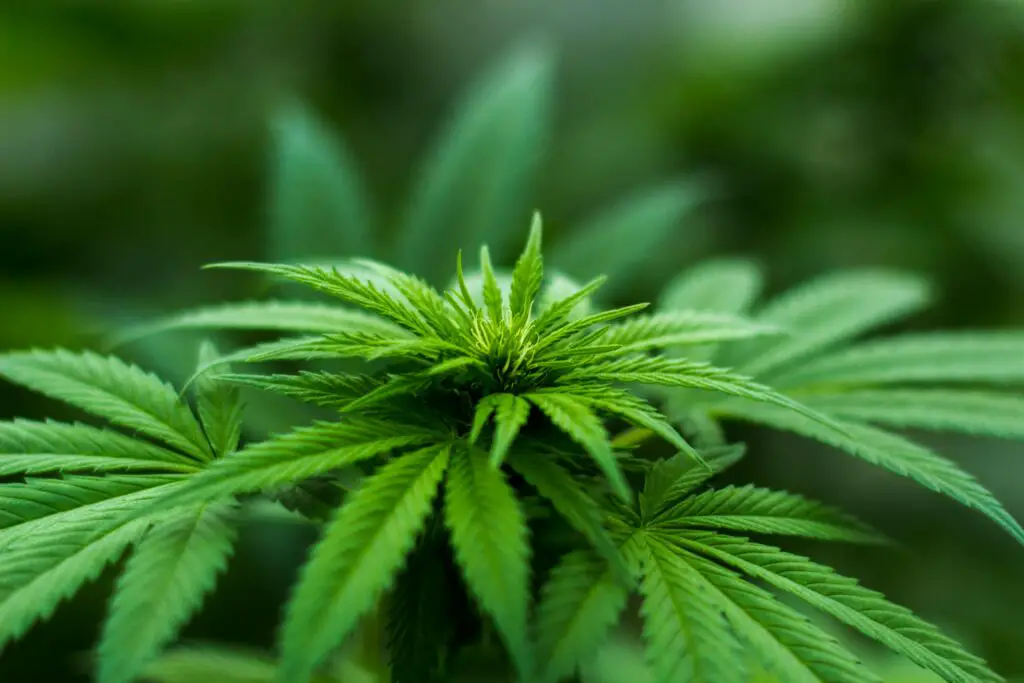
Cannabis, once widely used as both a medicinal and recreational substance in the United States, was banned due to political motives in the early 20th century. The marijuana prohibition in the 1930s came after an intense anti-cannabis campaign led by the government, who capitalized on racial prejudices to justify the ban. Mexican immigrants introduced marijuana to many American communities, and sensationalist reports about the drug being linked to violence and crime helped push the ban through Congress shares Britannica.
The political motivations for the marijuana ban were clear—government officials used fear-mongering tactics, particularly involving the “dangerous” behavior of racial minorities, to gain public support. It wasn’t until recent years that cannabis has started to make a return, with a growing movement toward legalization for medicinal and recreational use, reflecting a major shift in public and political opinion about the plant explains History.com.
3. Vinegar in the Soviet Union

In the 1930s, the Soviet government placed restrictions on certain foods, including vinegar, for ideological reasons. At the time, the state-controlled food system prioritized heavy industry and the military over everyday comforts, even something as basic as vinegar, which was a key ingredient in many traditional Russian dishes. The ban on vinegar, along with other food-related regulations, was an example of the Soviet Union’s top-down approach to managing every aspect of life, from agriculture to dietary habits.
Vinegar, especially for pickling, was a vital food preservation method in many households. The ban caused much frustration among citizens, who were forced to rely on state-approved alternatives that were often scarce or inferior. While it was short-lived, the ban on vinegar is a vivid example of how food can be politicized and used as a tool of control.
4. Chocolate in World War II Britain

During World War II, Britain faced significant shortages of various foods, and one of the first to be rationed was chocolate. The political decision to limit its availability was a strategic response to ensure that essential supplies could be directed toward the war effort. By limiting chocolate, the government hoped to preserve vital resources like sugar and cocoa for other needs, particularly for soldiers on the front lines.
Despite this, chocolate became a symbol of hope during the war. People would save their chocolate rations for special occasions, making it a rare but cherished treat. The rationing of chocolate wasn’t just about limiting indulgence—it was also a message about the sacrifices required to support the war effort.
5. Butter in Nazi Germany

Under Adolf Hitler’s regime, butter was rationed and restricted, not just due to wartime shortages but also as a political move to manipulate citizens’ dietary habits. The government pushed for a shift toward margarine, promoting it as a healthier, more reliable substitute. This was part of a broader strategy to control the food supply and reduce dependency on outside nations for key resources.
Nazi propaganda painted margarine as a “patriotic” choice, with campaigns calling it a “German product” compared to the “foreign” butter. The campaign also supported the regime’s goals of promoting self-sufficiency. As a result, butter was seen not just as a culinary ingredient but as a tool of political allegiance.
6. Tomatoes in Ancient Rome
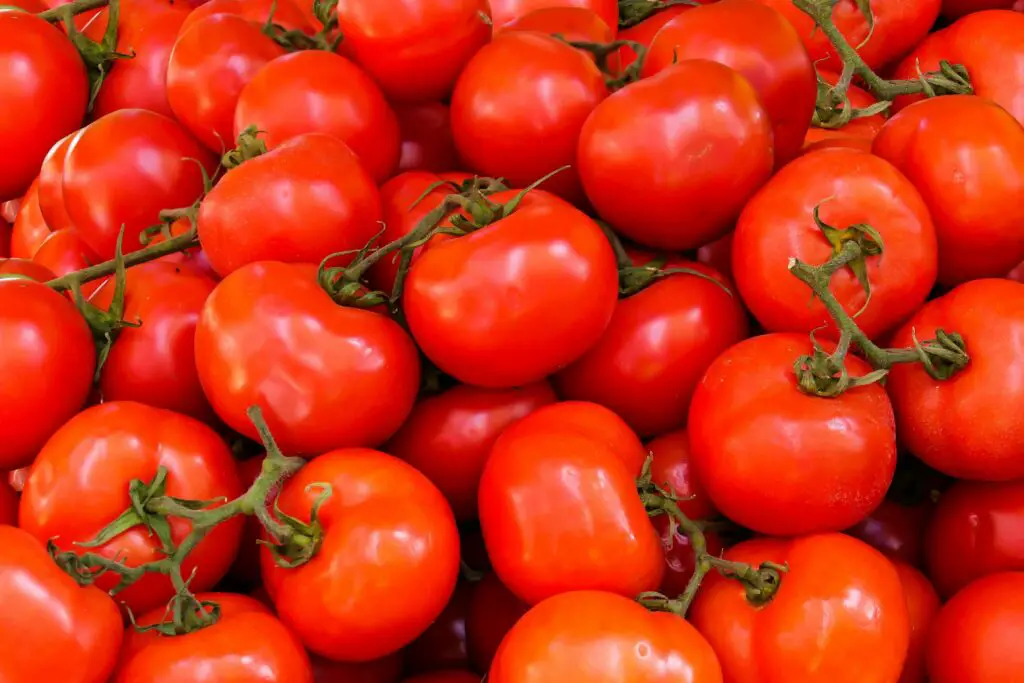
Tomatoes, today considered a quintessential Italian food, were once banned in Ancient Rome, not for their political significance but for fear of their perceived toxicity. Early Roman leaders, particularly during the reign of the Emperor Tiberius, discouraged the use of tomatoes, believing them to be poisonous due to their association with the nightshade family. Although tomatoes were not technically banned, they were politically discouraged and largely avoided in Roman society.
Over time, the political climate around food evolved, and by the time the Renaissance arrived, tomatoes were slowly reintroduced into Italian cuisine. Today, they are a staple in Italian cooking, but their journey from suspicion to acceptance reflects the shifting political and cultural dynamics surrounding food.
7. Tea in China during the Ming Dynasty

In the Ming Dynasty, tea, one of China’s most beloved beverages, was politically banned for a period due to its association with the elite. The ruling class viewed the widespread consumption of tea as a symbol of imperial excess, and they feared it would create divisions within society. The ban on tea was a way for the government to consolidate control, particularly as the tea trade began to thrive among the wealthy and elite.
This ban was not popular with the general public, as tea was a deeply ingrained part of Chinese culture. Over time, the ban was lifted, but it remains an example of how food and drink can be regulated not just for practical reasons but for political motives as well. Tea’s return to everyday life is also symbolic of how political power can shape the foods people consume.
8. Beer in Nazi Germany

Beer, a longstanding part of German culture, was heavily regulated by the Nazis during their reign. Not only did the government limit alcohol consumption as part of their broader social engineering efforts, but beer was used as a propaganda tool to strengthen national identity. In the early days of Nazi rule, there was a deliberate attempt to control the production of beer, aligning it with the regime’s goals of purity and nationalism.
The Nazis promoted certain German brands while limiting access to foreign beers. Beer became intertwined with ideas of national pride and the so-called “Aryan ideal,” and it was restricted as part of broader strategies to control society’s behaviors and habits. This political manipulation of beer consumption was just one example of how food and drink were used to maintain control over the population.
9. Sugar in the U.S. During the Civil War
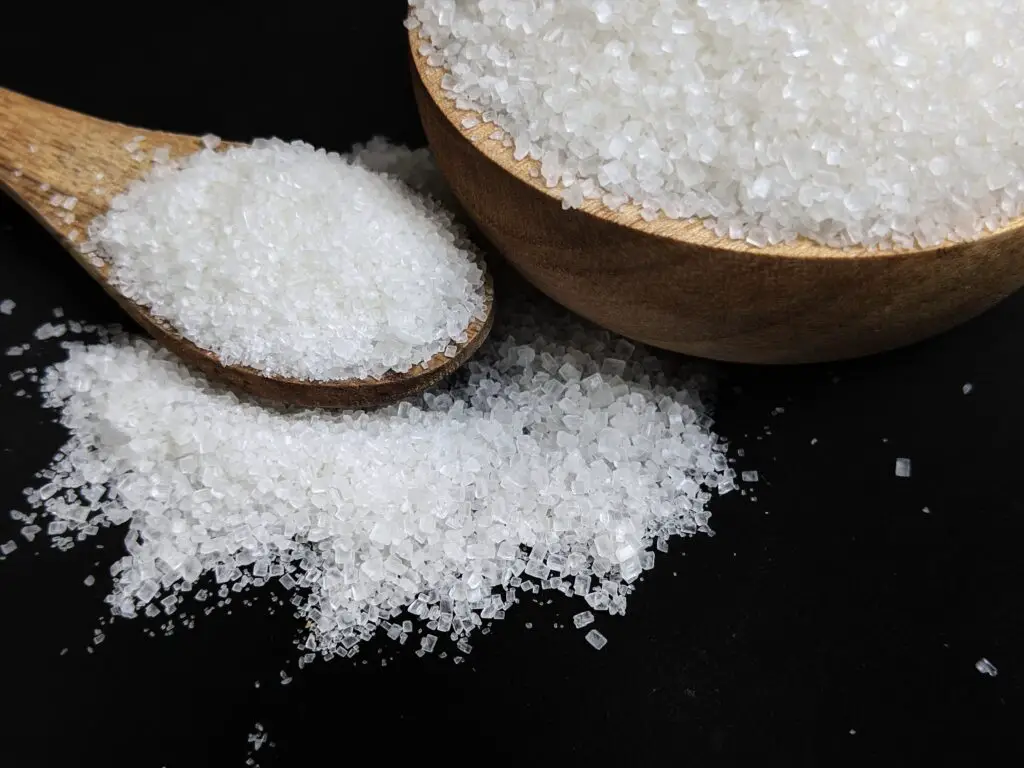
During the American Civil War, sugar was one of the first luxury foods to be banned or heavily taxed. The Confederacy imposed a ban on sugar exports to deprive Union soldiers of the much-needed sweetener, while the Union government responded with an increased tax to fund their war efforts. Both sides viewed sugar as a crucial commodity that could shift the balance of resources during the war, making it more than just a food item but a political tool in the fight for supremacy.
For civilians, this meant finding alternatives to sugar, often using molasses or honey, and these substitutes became common in recipes. The Civil War era saw a politicization of sugar that was based not only on scarcity but also on the strategic importance it had in shaping the war’s outcome.
10. Rice in Japan During World War II
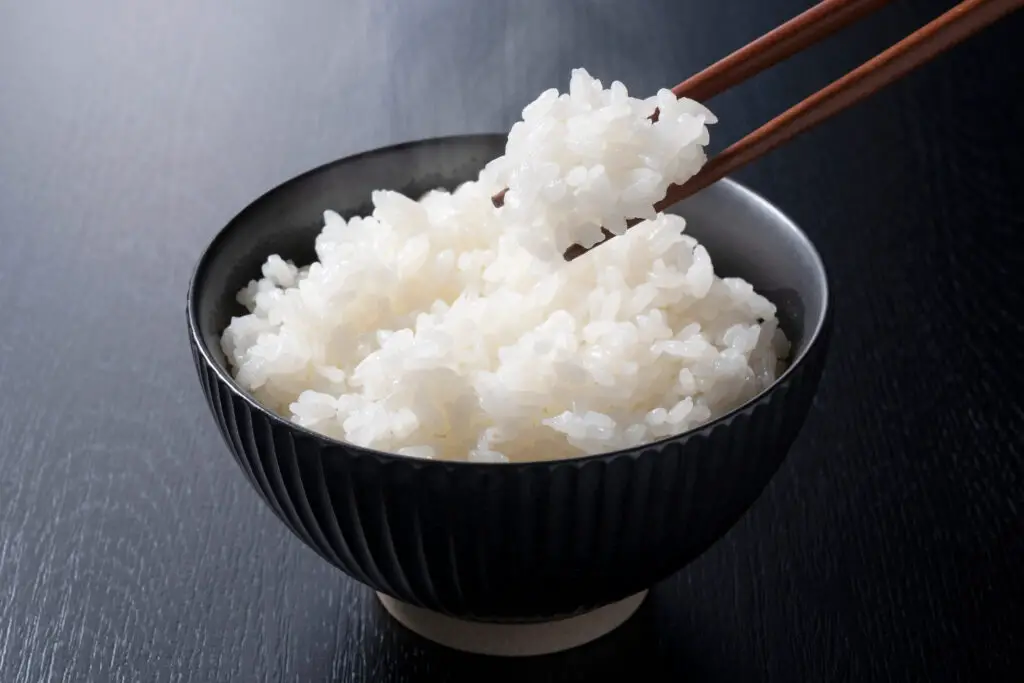
In Japan during World War II, rice was not just a staple food but also a political symbol. The government tightly controlled rice production and consumption, using it to rally support for the war effort. Rice was rationed heavily, and in some cases, the government even regulated how much could be grown or consumed based on military needs.
Rice became a symbol of sacrifice during the war, as it was often replaced with less desirable grains like barley or millet. This control over rice reinforced the idea that every citizen needed to contribute to Japan’s militaristic goals. The scarcity of rice led to widespread hardship, and its regulation reflected the government’s efforts to maintain control over food supplies during a time of national crisis.
11. Beef in the U.S. During World War I

During World War I, the U.S. government encouraged citizens to reduce their consumption of beef to ensure that the military had enough supplies. This was a political move to conserve resources and direct them toward supporting the troops abroad. In response, the government launched campaigns to encourage “Meatless Mondays” and other initiatives aimed at reducing meat consumption, especially beef.
Beef, once a symbol of prosperity and abundance, became a rare commodity that many Americans had to sacrifice during the war. These political decisions around food were part of a larger effort to maintain food security for the military, making beef an emblem of wartime rationing and sacrifice.
12. Eggs During the Great Depression

During the Great Depression, eggs were frequently banned or restricted in some areas as part of broader food control efforts aimed at stabilizing the economy. The U.S. government wanted to prevent egg prices from crashing, as too many eggs on the market could hurt farmers already struggling during the economic downturn. Political decisions regarding the egg market were made to stabilize prices and protect the livelihoods of egg producers.
However, this restriction meant that many families faced difficulty acquiring eggs, especially in rural areas where eggs were often used in daily meals. The eggs, which once symbolized abundance, became a commodity controlled by political forces during one of the most difficult times in American history.
13. Fish in Ancient Egypt

In Ancient Egypt, fish was once a common food for the lower classes, but political and religious factors led to periods where it was banned for specific groups. During times of religious reform, certain fish species were considered sacred and thus off-limits for consumption. For instance, catfish was often viewed as taboo, as it was believed to be associated with the underworld.
These religious and political restrictions on fish consumption highlighted the intersection between food and power in Ancient Egyptian society. The political power of the priesthood, combined with the king’s influence, shaped dietary laws that dictated what could or couldn’t be eaten, especially during times of religious or political change.
